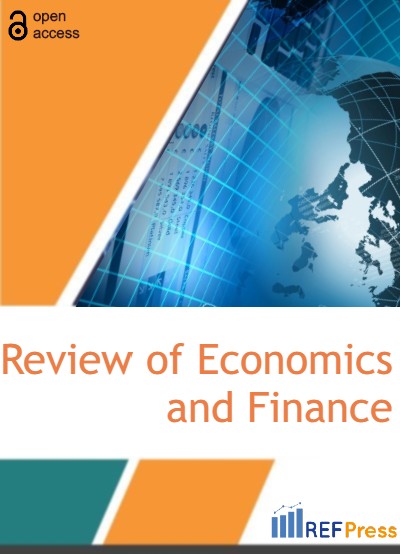
CEO Turnover and Equity Volatility
(Pages 17-28)Hui Li* and Paul Farah
La Trobe University, Australia.
DOI: https://doi.org/10.55365/1923.x2021.19.03
Abstract:
Purpose of the paper: This study aims to investigate changes in equity volatility around CEO turnovers. It proposes hypotheses regarding the impact of CEO performance and types of turnover on the changes in equity volatility. It extends the current understanding of the existing theories by providing new empirical evidence.
Design/methodology/approach: This paper uses both event study and regression analysis to examine and test the hypotheses proposed empirically. Data are obtained from multiple databases.
Findings: This study finds evidence that the relationship between changes in equity volatility and the likelihood of CEO turnovers does not monotonically increase, but is a function of the various types of turnovers and successions. Compared to the departure of outperforming CEOs, the change in equity volatility following the departure of underperforming CEOs is much greater. The positive relationship between the change in volatility and past underperformance is stronger for forced turnovers than for voluntary turnovers. Equity volatility is substantially lower when the CEO relinquishing the post remains as an executive chairman, especially for those successions involving outside appointments.
Originality/value: This paper extends the strategy and ability hypothesis by investigating the behaviour of equity volatility around CEO departures in case of prior under or outperformance along with the forced or voluntary nature of the turnover and provide new empirical evidence on the theories.
Keywords:
CEO turnover; equity volatility; CEO ability; business strategy.
JEL Classification:
G14, G30, G34, M51.
How to Cite:
Hui Li and Paul Farah. CEO Turnover and Equity Volatility. [ref]: vol.19.2021. available at: https://refpress.org/ref-vol19-a3/
Licensee REF Press This is an open access article licensed under the terms of the Creative Commons Attribution Non-Commercial License (http://creativecommons.org/licenses/by-nc/3.0/) which permits unrestricted, non-commercial use, distribution and reproduction in any medium, provided the work is properly cited.
